Search
Search Results
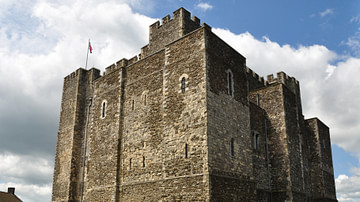
Definition
Dover Castle
Dover Castle, located in the southern county of Kent, is one of the largest castles in England and one of the first to have concentric defensive walls. First built in 1066 CE by William the Conqueror to help prevent anyone repeating his own...
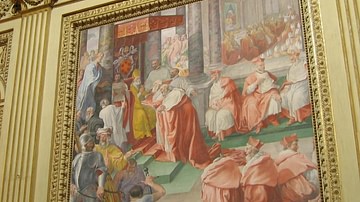
Article
Canons of the Council of Trent
The Canons of the Council of Trent (1545-1563) were rules one was expected to follow in order to be a member of the Catholic Church and, according to the Church's teachings, merit the grace of God and eternal life in heaven after death. The...
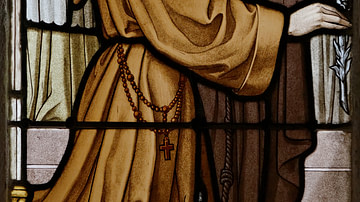
Article
Monastic Orders of the Middle Ages
The monastic orders of the Middle Ages developed from the desire to live a spiritual life without the distractions of the world. Men and women who took religious vows were seeking a purity of experience they found lacking as lay people. Their...
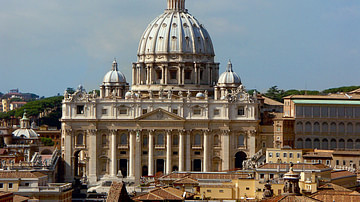
Definition
Renaissance Architecture
Renaissance architecture originated in Italy and superseded the Gothic style over a period generally defined as 1400 to 1600. Features of Renaissance buildings include the use of the classical orders and mathematically precise ratios of height...
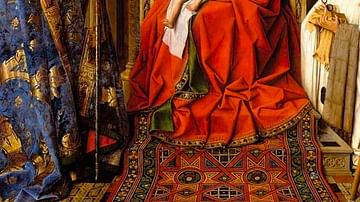
Image
Colour Detail of The Madonna with Canon van der Paele
A detail of The Madonna with Canon van der Paele painting by the Netherlandish Renaissance artist Jan van Eyck (c. 1390-1441 CE). 1436 CE. (Groeningemuseum, Bruges, Belgium)
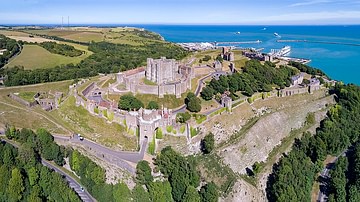
Image
Dover Castle
Dover Castle, Kent, England. First built by William the Conqueror in the 11th century CE it was then extensively rebuilt with new walls and a keep added by Henry II (r. 1154-1189 CE)
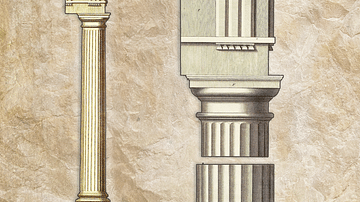
Image
The Doric Order, Classical Orders of Architecture
The Classical Orders of Architecture (Doric, Ionic, Corinthian, Tuscan, and Composite), originating in ancient Greece and refined by the Romans, are fundamental design principles that significantly influence classical and neoclassical structures...
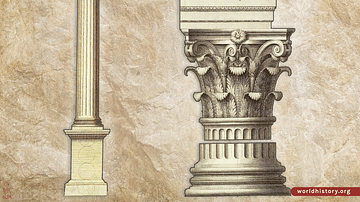
Image
The Corinthian Order, Classical Orders of Architecture
The Classical Orders of Architecture (Doric, Ionic, Corinthian, Tuscan, and Composite), originating in ancient Greece and refined by the Romans, are fundamental design principles that significantly influence classical and neoclassical structures...
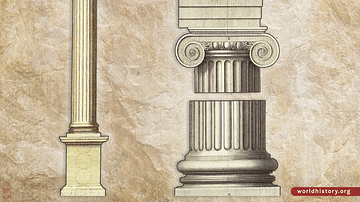
Image
The Ionic Order, Classical Orders of Architecture
The Classical Orders of Architecture (Doric, Ionic, Corinthian, Tuscan, and Composite), originating in ancient Greece and refined by the Romans, are fundamental design principles that significantly influence classical and neoclassical structures...
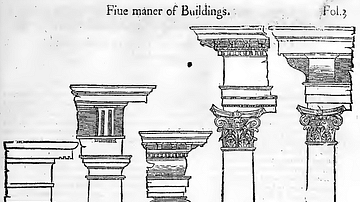
Image
Five Classical Orders of Serlio
A diagram showing the five classical orders as classified by the Italian Renaissance architect Sebastiano Serlio (c. 1475-1554 CE). Left to right: Tuscan, Doric, Ionic, Corinthian and Composite. From Book IV of Serlio's 'Complete Works on...